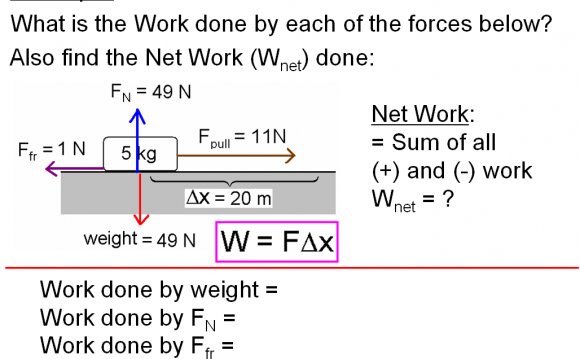
 Our sun is a naturally occurring nuclear reactor. It releases tiny packets of energy called photons, which travel the 93 million miles from the sun to Earth in about eight-and-a-half minutes. Every hour, enough photons impact our planet to theoretically satisfy global energy needs for an entire year. However, solar-generated power currently accounts for just four-tenths of one percent of the total energy consumed in the United States. Solar technology is improving and costs are dropping rapidly, though, so our ability to harness the sun’s abundance of energy is on the rise. In fact, a report from the International Energy Agency indicates that solar energy could become the largest global source of electricity by 2050. In the coming years, we will all be enjoying the benefits of solar-generated electricity in one way or another.
Our sun is a naturally occurring nuclear reactor. It releases tiny packets of energy called photons, which travel the 93 million miles from the sun to Earth in about eight-and-a-half minutes. Every hour, enough photons impact our planet to theoretically satisfy global energy needs for an entire year. However, solar-generated power currently accounts for just four-tenths of one percent of the total energy consumed in the United States. Solar technology is improving and costs are dropping rapidly, though, so our ability to harness the sun’s abundance of energy is on the rise. In fact, a report from the International Energy Agency indicates that solar energy could become the largest global source of electricity by 2050. In the coming years, we will all be enjoying the benefits of solar-generated electricity in one way or another.
So how does solar power work?
Photovoltaic solar panels
Photovoltaic (PV) solar panels are made up of many solar cells. Solar cells are made of silicon, like semiconductors. They are constructed with a positive layer and a negative layer, which together create an electric field, just like in a battery. When photons hit a solar cell, they knock electrons loose from their atoms. If conductors are attached to the positive and negative sides of a cell, it forms an electrical circuit. When electrons flow through such a circuit, they generate electricity. Multiple cells make up a solar panel, and multiple panels (modules) can be wired together to form a solar array. The more panels you can deploy, the more energy you can expect to generate.
Basics of electricity
PV solar panels generate DC (direct current) electricity. With DC electricity, electrons flow in one direction around a circuit. This example shows a battery powering a light bulb. The electrons move from the negative side of the battery, through the lamp, and return to the positive side of the battery.
With AC (alternating current) electricity, electrons are pushed and pulled, periodically reversing direction, much like the cylinder of a car’s engine. Generators create AC electricity when a coil of wire is spun next to a magnet. Many different energy sources can “turn the handle” of this generator, such as gas or diesel fuel, hydroelectricity, nuclear, coal, wind, or solar.
YOU MIGHT ALSO LIKE












